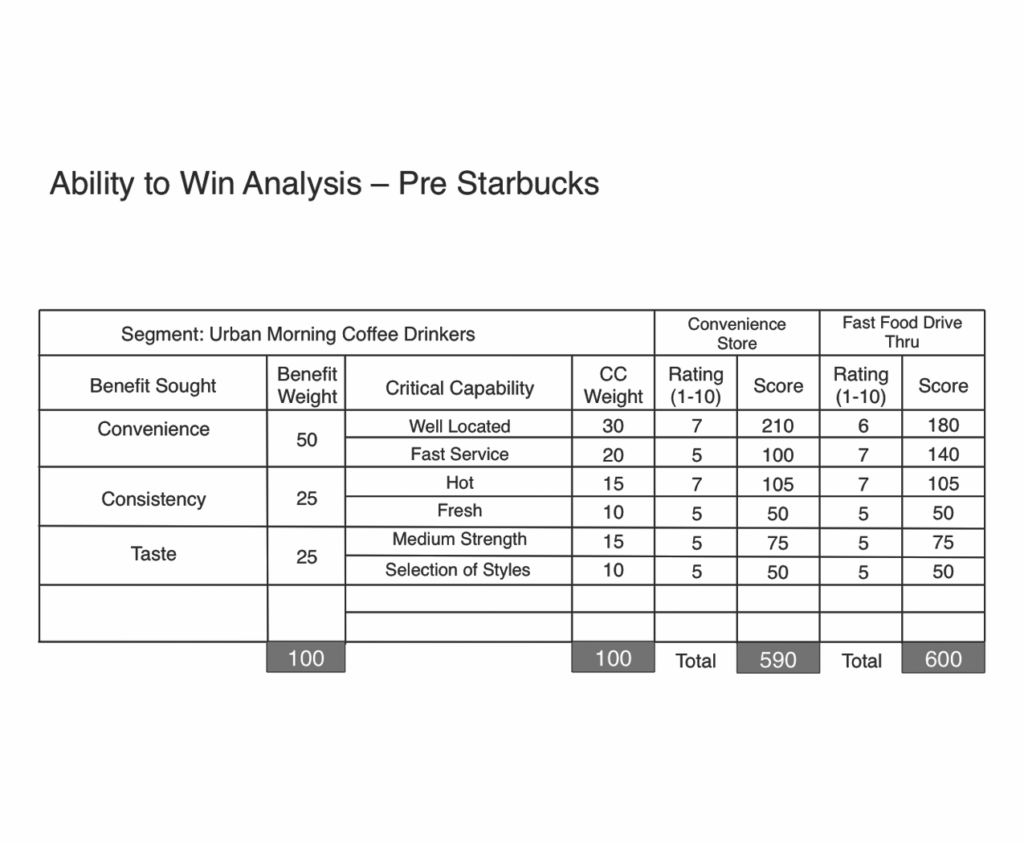
The flip-side of a famous business axiom is “that which can’t be measured, can’t be managed.” This type of thinking is often the reason that companies under-invest in their marketing function.
Marketing ROI has always been a controversial topic in the board room. And how to measure marketing ROI is even a stickier topic.
With the shift from traditional “product-as-hero” campaigns to less direct approaches like content marketing, the demand to prove marketing’s ROI has become even more urgent.
You Can Measure Value!
The most important characteristic of an effective metric is that it correlates to business performance. And marketing’s overall strategic role in a business’ performance is to create, communicate, and capture customer value.
If marketing activities increase customer’s perception of your company or product’s value, it will lead to better business performance (e.g., more sales, profits, etc.). And that is where we run into a challenge in measuring marketing’s ROI.
It’s a common, erroneous notion that customer value perceptions are too difficult –even impossible –to measure. But our own Ability to Win (ATW) analysis turns the value that customers ascribe to a particular brand or offer into a quantified number. First, we’ll explain how it works. Then, we’ll show you how it can be used as a definitive measure of marketing ROI.
How an ATW Analysis Quantifies Value – And Why You Should Care
The ATW has four inputs:
- The set of competitive options that best represent a customer segment’s alternatives in your market
- The needs (benefits sought) that a customer in that segment is attempting to satisfy when purchasing a solution like yours
- The critical capabilities necessary to deliver on those customer needs
- A rating of how well the customer segment perceives your and your competitors’ ability to deliver on each need.
That’s it! Many of you are already capturing this information in different research instruments. You just aren’t putting it together like the ATW analysis does.
To complete the ATW, see below for an example from the pre-Starbucks coffee market.

As you see above, customer needs and critical capabilities are weighted according to their relative importance. They are multiplied by the ratings to calculate a quantified number for your company and competitors. Whoever has the highest value score wins.
In this case, the convenience store and fast food drive-through are tied. On a scale where 1000 points is the maximum, neither are delighting the customer so there is room for improvement.
The ATW models how customers choose any product in B2B or B2C markets. If you are thinking “what about price?” you are a smart cookie! Price does play a critical role in choices customers make and is the subject for a more advanced article on this topic. For now, our advice is to use the ATW to measure your value, maximize your score and then figure out your pricing strategy.
If a strategic marketer’s job is to create, communicate, and capture value, your mission should be to track this ATW number and attempt to increase it with everything that you do.
From the “Cold Shower” To A Predictor of Future Business Performance
In the past, we’ve used the ATW mainly as a current state analysis. It answers the question “what do customers think about you and competitors today?”
In this context, we refer to it as “the cold shower”, due to the often sobering news that you aren’t as good as you thought you were! But only using the ATW for this purpose under-utilizes its power.
Strategic marketers should seek to increase and optimize this number in any or all of the following three activities:
- You can uncover new needs and/or convince customers that they are under-weighting certain benefits to cast their company in a more favorable light
- You can convince your cross-functional colleagues and executive team to develop new or better critical capabilities that improve customer perceptual ratings
- You can craft communication strategies that improve customer perceptual ratings of your business
With the exception of pricing strategies, everything a marketer does relates to one of these three activities!
Now You Can Bridge Marketing Activities and Sales Results
Tracking changes to the ATW score solves a huge marketing ROI dilemma to-date: there’s always been too big of a gap between marketing activities and sales results. For example, was a revenue increase due to good marketing, or could it have been even better except for some bad marketing?
The ATW is a leading indicator that provides a bridge between marketing activities and sales results. A rise in ATW scores, assuming a well-chosen sample and unbiased measurements, must be predictive of future sales because it models how customers make buying choices.
You don’t have to take our word for it. You can set up an experiment in a segment or market to prove the correlation between improved ATW scores and business results (e.g, growth in market share.)
This experimentation will ultimately pay off by providing you with a simple, definitive marketing ROI calculation: Calculate the expected new revenues from improved ATW scores and divide by the cost of the marketing activities that drove the ATW scoring change.
Using the ATW to Optimize Strategic Choices
Not only can companies use the ATW to tell if their marketing strategies are working, they can even begin to use it like a market simulator. Done right, they can model the potential impact of new innovations on existing markets. Building on the prior ATW example shown above, here’s what Starbucks would have learned from an ATW prior to entering the market:
Ability To Win – Post Starbucks

As it is, Starbucks obviously made good strategic choices without using the ATW (though they may have had a similar analysis tool). But many companies don’t make great strategic choices.
Using the ATW can radically raise your probability of success and keep your company focused on the most important thing: maximizing value for your customers! Apply it as we describe above, and it can become your definitive metric to measure marketing ROI. Did we convince you? If so, we’d love to hear from you and discuss how the ATW framework can help your firm.

 Tom Spitale
Tom Spitale